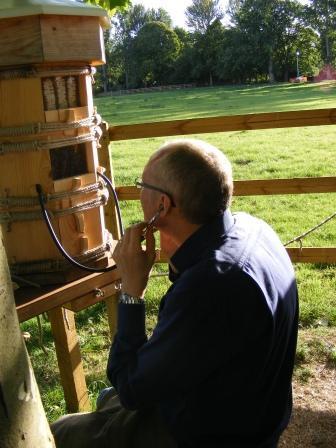How do you know what to cut? Tune into the rhythm of your story
 Learning to cut irrelevant or overlong passages is one of the most important things we do when we polish our novels. But sometimes it's not easy. We're all guilty of trying to shoehorn in precious passages that spoil the overall pace. Do they really have to go?
Learning to cut irrelevant or overlong passages is one of the most important things we do when we polish our novels. But sometimes it's not easy. We're all guilty of trying to shoehorn in precious passages that spoil the overall pace. Do they really have to go?
I've been having a conversation with a writer friend about cutting material from his WIP. Explanations, back story, discursive scenes, flashbacks, pieces in between the main action are all interrupting the action and bogging the story down.
He's scratching his head and saying 'I've got to get this all in because it's all important and interesting, I can't cut it any more'.
And I'm saying: yes you can.
One of the major lessons we learn as we mature as writers is that we cut an awful lot of perfectly nice material. Because when we look at the story as a whole, there isn't anywhere for it to fit.
Yes you can cut it
When I was a journalist (which I still am occasionally), we would have a specific space for a news story. Fifty lines, not seventy-five. Not even fifty-one. Not even if all seventy-five lines were fascinating and useful. It's fifty lines because its subject does not need any more room in this paper as a whole, because there are several other stories that need space too. So I'd take the story of seventy five lines and would wield the axe. And I learned this. There are ALWAYS things you can leave out. And the story will still make sense and do the job you want.
News journalism is an extreme example, but all artforms work to limits. Even novel writers are working in a confined space. I'm not talking here about wordcounts but the reader's attention – how long they will read a scene before they get fidgety and think you've spent too long on the same thing.
Your story has a rhythm
A story has a natural pace. It can be fast, as in thrillers, or slow, as in more literary works. Whatever speed your story goes at, this pace is what keeps the reader tingling with anticipation. It is a natural structure that dictates the highs and lows, which characters we hear from next, whether the next scene is a screaming chase or a quiet meditation. It governs the story in the same way that a rhythm governs a piece of music, or a heartbeat governs a person. If we do something that breaks that rhythm, we lose command of the story and the reader knows.
When we edit a novel, we have to tune into this rhythm. It tells us whether to cut from a scene or add to it. Whether we have too much of one storyline and not enough of another. Whether we need to ditch the digression and bustle along to the next development. It works at a micro level too, when we hear the beat of our sentences and paragraphs.
Precious cuts
There is always material you wish you could have got in but couldn't. Look at the deleted scenes on any DVD. Some are trimmed because the film had to be 90 minutes but others go because they tripped the story up, or kept the audience going round a loop too long. Jettisoning them was often painful. They contained a lot of work – they were fully shot and sometimes even scored. But they went.
Hearing the rhythm
For me, the first inkling comes as feeling that a sentence, paragraph or scene is too long. And then I usually bite my lip and think: but I can't make it any shorter, can I? Or I might find my scene has two emotional beats at the end, but there's only room for one. If I leave the second one in, will it trip the pace of the story up?
The answer is usually yes. And so I find a way to cut.
Being this ruthless is not easy. But a story – short or long – that is edited with awareness of this rhythm is elegant and persuasive.
Tune into the rhythm of your story.











